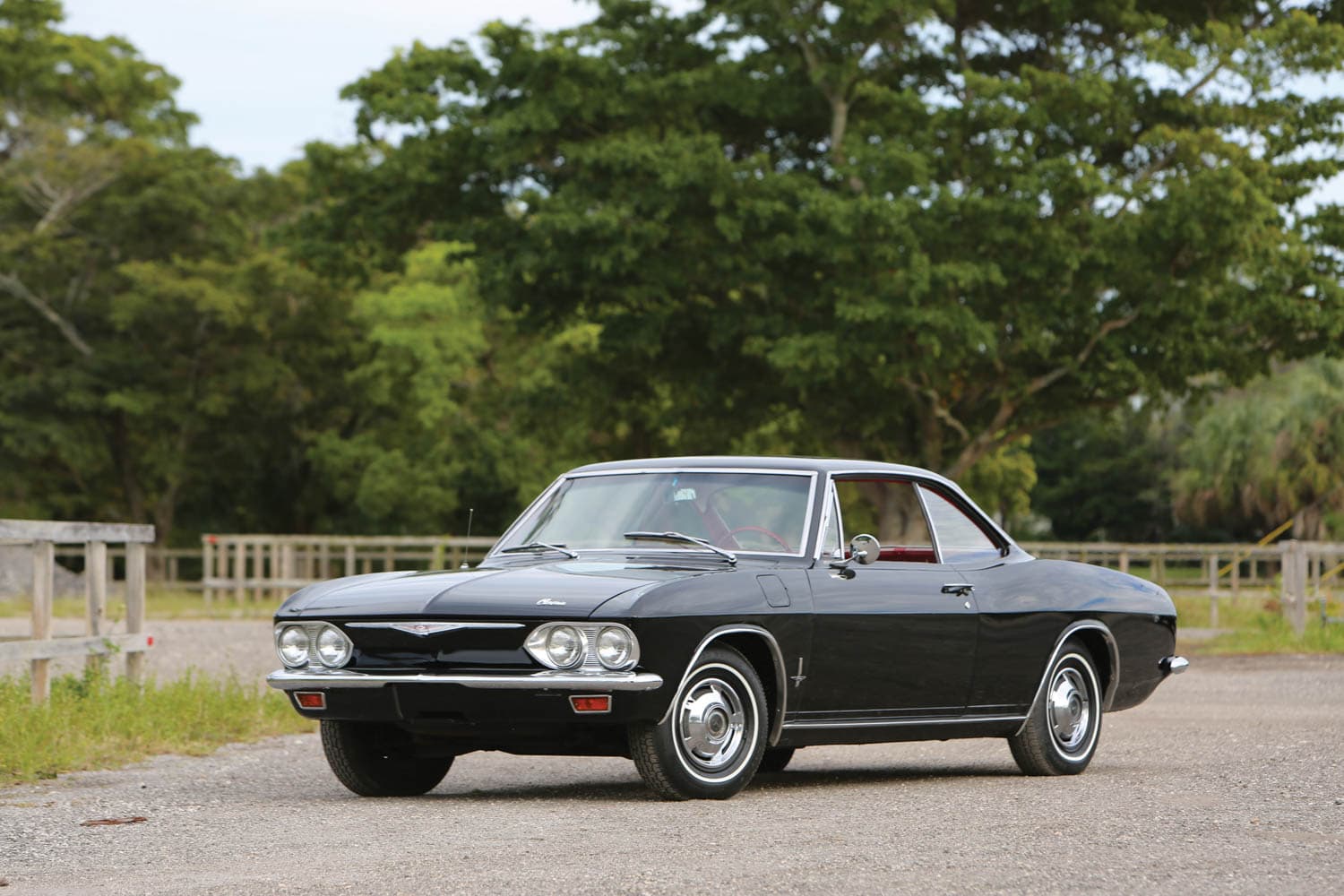Even though turbocharging as a concept dates back to the early 20th century, it took decades for it to make its way to the car industry. Complicated and unreliable at first, it was gradually improved over time. Today, due to significant emissions, fuel economy, and power advantages, it’s a standard feature on nearly all current engines produced worldwide.
Its path from an unknown technical obscurity to a mainstream component was challenging. But it was paved with great cars, speed records, and some fire-spitting monsters that will remain forever as the choice of true enthusiasts. So today, we’ll revisit the turbo cars that had a hand in revolutionizing the car industry. Buckle up because there are some true speed demons ahead.

Chevrolet Corvair Monza
The Corvair was a compact car in a time when they were rare on US soil and produced mainly by foreign brands. It had its engine in the back rather than the front like most other domestic vehicles had. Third, it was a six-cylinder boxer, not a straight six or V8. Overall, this car was a bold and unusual move by the usually conservative Chevrolet (via New York Times).

The most interesting Corvair was the Monza. It was a two-door coupe or convertible and featured one of the most unusual power plants Detroit has ever produced – a turbocharged boxer engine. Think of it as Chevrolet’s four-seat Porsche 911 Turbo 15 years before Porsche even thought of the idea. The heart of the car was the 2.4-liter, flat-six engine with the turbocharger mounted on top. The result was 150 hp. Despite the fact it isn’t a significant number, the small weight of the Monza helped produce some lively performance, at least for the standards of the compact car class in the early ’60s.
